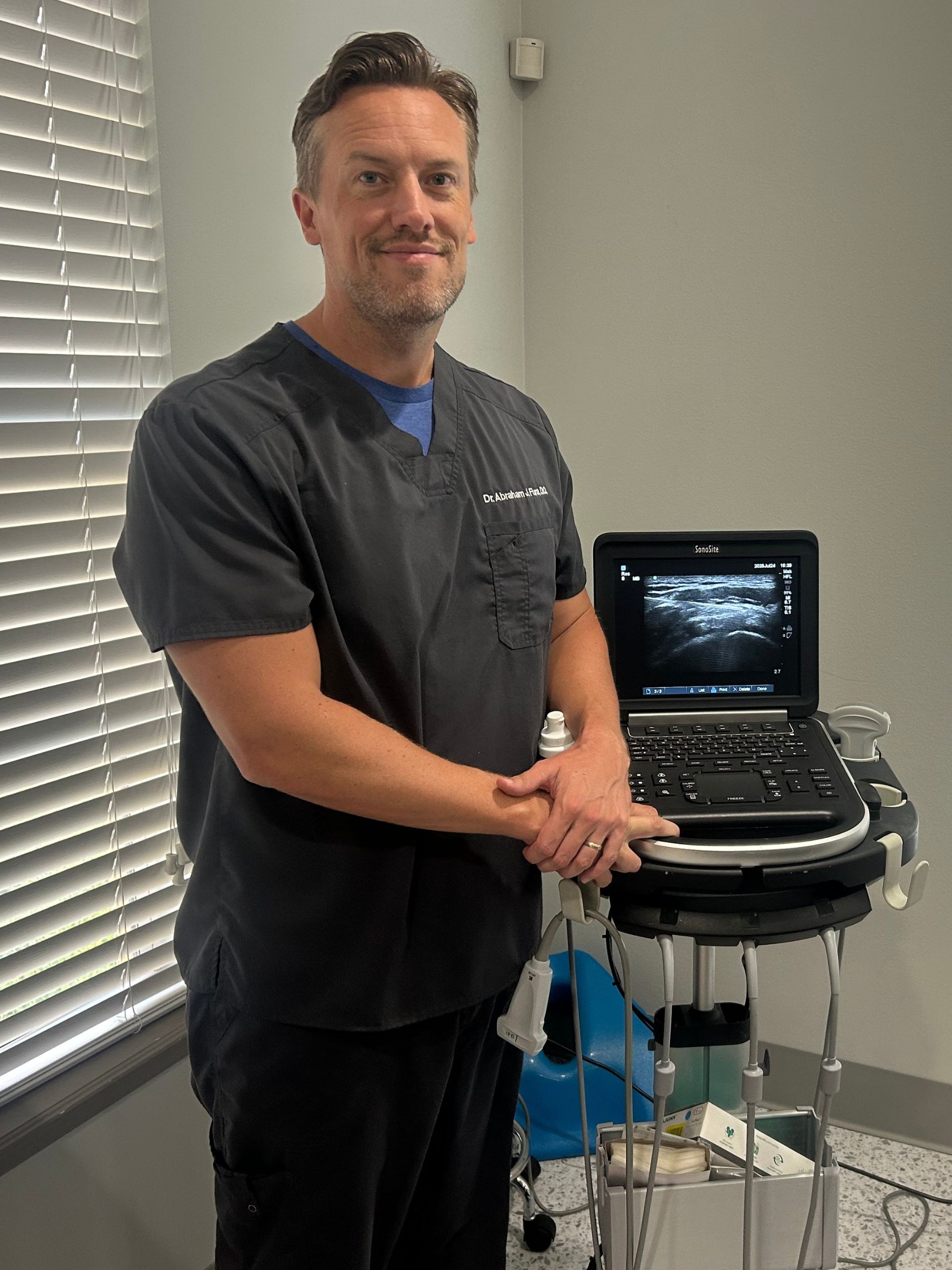
CONDITION OVERVIEW
Sacroiliitis is the inflammation of one or both of your sacroiliac (SI) joints, which are located where the base of your spine (sacrum) connects to your pelvis (ilium). These strong, supportive joints act as shock absorbers for the upper body. When they become inflamed, they can cause significant pain in the lower back, buttocks, and even radiate into the legs. Because its symptoms can closely mimic sciatica or a herniated disc, sacroiliitis is one of the most commonly misdiagnosed causes of lower back pain. An accurate diagnosis is the critical first step toward effective relief.

ROOT CAUSES
Sacroiliitis can be triggered by a range of issues that lead to abnormal motion (either too much or too little) or inflammation within the joint.
A sudden impact from a fall, car accident, or even a misstep can damage the strong ligaments supporting the SI joint, causing pain and instability.
Both "wear-and-tear" osteoarthritis and inflammatory arthritis like ankylosing spondylitis can cause the breakdown and inflammation of the SI joint cartilage.
An altered walking pattern, leg length discrepancy, or previous lumbar fusion surgery can create repetitive, uneven stress on the SI joints.
Hormonal changes during pregnancy cause ligaments to relax, making the SI joints more mobile and susceptible to stress and pain.

RECOGNIZING THE SIGNS
SI joint pain is notoriously difficult to self-diagnose because it mimics other conditions. The pain is typically one-sided and centered over the buttock and low back area.
The primary symptom is a dull or sharp ache felt deep in the buttock or just to the side of the spine, often over the "dimple" of the low back.
Pain that travels from the buttock down the back of the thigh, often mistaken for sciatica. It rarely extends below the knee.
Symptoms often worsen with prolonged standing, walking, climbing stairs, or running due to the increased load on the SI joint.
Discomfort and pain after sitting for extended periods, often causing you to shift your weight to the unaffected side for relief.
A sharp, stabbing pain can occur when transitioning from a seated to a standing position, or when trying to roll over in bed.
Because the joint wraps around the pelvis, the pain can sometimes be felt in the hip or groin, confusing it with a hip problem.
If you've been struggling with lower back, buttock, or leg pain that hasn't responded to traditional treatments, the problem might not be your spine—it could be your SI joint. An accurate diagnosis is the key to finally finding relief. Contact us for a specialized evaluation to determine the true source of your pain.